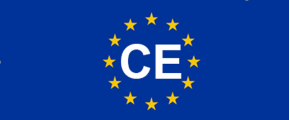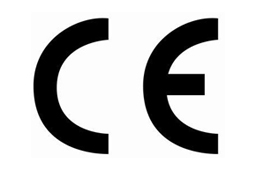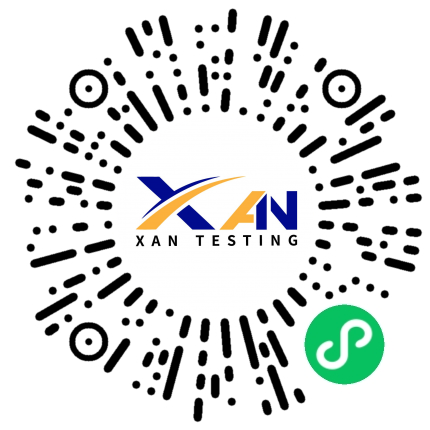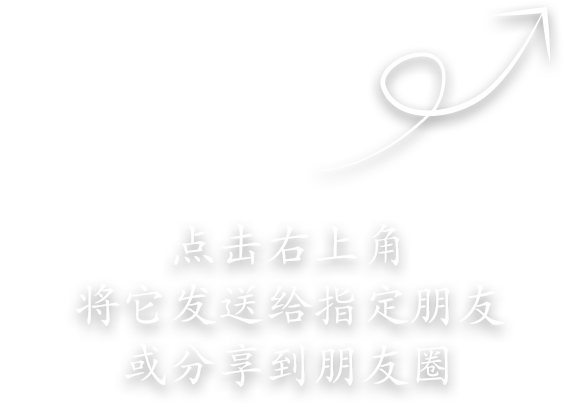-
Mobile Version
Scan with Mobile
- Member Center


What is CE certification? It is a compulsory safety certification (non-quality certification) of the European Union, and its main purpose is that the products do not endanger the basic safety requirements of human beings, animals and goods.
As long as the products are exported to the EU, the "CE" mark must be affixed. The CE mark can only be affixed if it meets the relevant directives and standards, indicating that the product meets the basic requirements of the EU's "New Method of Technical Coordination and Standardization" directive through testing.

Note: Without the CE mark, it is not allowed to go on sale. Or products that have been marked with CE mark and entered the market shall be ordered to be withdrawn from the market if they are found not to meet the safety requirements. Those who continue to violate the provisions of the directive on CE mark will be restricted or prohibited from entering the EU market or forced to withdraw from the market.
The origin of CE certification
In the 1940s, western European countries felt that they must unite to ensure their own security, improve their international status and accelerate economic development between the two great powers, so they pushed the process of European integration.
Therefore, the CE European Community came into being. At that time, English was "European Conformity", which was abbreviated as EC. Finally, because many member countries had the initials of CE, it was changed to CE "Conformity with Europe (demand)".
CE certification is the "main requirement" that constitutes the core of the European Directive, which has a specific meaning in the Resolution on New Methods of Technical Harmonization and Standards of the European Community (85/C136/01) of May 7, 1985.
That is, it is limited to the basic safety requirements of products that do not endanger the safety of human beings, animals and goods, rather than the general quality requirements. The coordination instruction only stipulates the main requirements, and the general instruction requirements are standard tasks.
Three authentication modes of CE
1. Declaration of Conformity: This certificate is a self-declaration issued by the enterprise itself.
2. Certificate of Conformity: The declaration of conformity issued by a third party organization (Shenzhen Baocheda CE Certification Organization) must be accompanied by technical data such as the test report, and the enterprise must also sign the Declaration of Conformity.
3. Certificate of Conformity to EU Standards: a certificate issued by the Notified Body of the European Union (NB). According to EU regulations, only NB is qualified to issue the CE statement of EC Type.
CE certification instruction range
The product range of CE certification involves "Directive", and the so-called "directive" refers to the technical regulations that stipulate the basic safety requirements and ways of products.
LVD Low Voltage Directive 2014/35/EU
EMC Electromagnetic Compatibility Directive 2014/30/EU
MD Machinery Directive 2006/42/EC
PPE Personal Protective Equipment Directive 2016/425/EU
CPR Construction Products Directive (EU)305/2011
PED Pressure Equipment Directive 2014/68/EU
MDD general medical device directive 93/42/EEC
EN71 Toy Directive 2009/48/EC
ATEX explosion-proof directive 94/9/EC
RoHS Hazardous Substances Restriction Directive 2011/65/EU
MDR Medical Device Directive 2017/745/EU
RED wireless equipment directive 2014/53/EU
Necessity of applying for CE certification
CE certification provides a unified technical specification for products of various countries to trade in the European market and simplifies the trade procedures. Products from any country must be CE certified and CE marks affixed to the products before entering the European Union and European Free Trade Area. Therefore, CE certification is a passport for products to enter the markets of European Union and European Free Trade Area countries.
CE certification indicates that the product has reached the safety requirements stipulated in the EU directive; It is a commitment of enterprises to consumers, which increases consumers' trust in products; Products with CE logo will reduce the risk of selling in the European market. These risks include:
1, the risk of being detained and investigated by the customs;
2. Risks investigated and dealt with by market supervision institutions;
3. The risk of being accused by peers for competitive purposes.
Benefits of applying for CE certification
1. EU laws, regulations and harmonization standards are not only numerous, but also complicated in content, so it is a wise move to get help from EU-designated institutions, which saves time and effort and reduces risks;
2. Obtaining the CE certificate from the institution designated by the European Union can gain the trust of consumers and market supervision institutions to a great extent;
3. It can effectively prevent the occurrence of irresponsible accusations;
4. In the case of litigation, the CE certificate of the institution designated by the European Union will become the technical evidence with legal effect;


